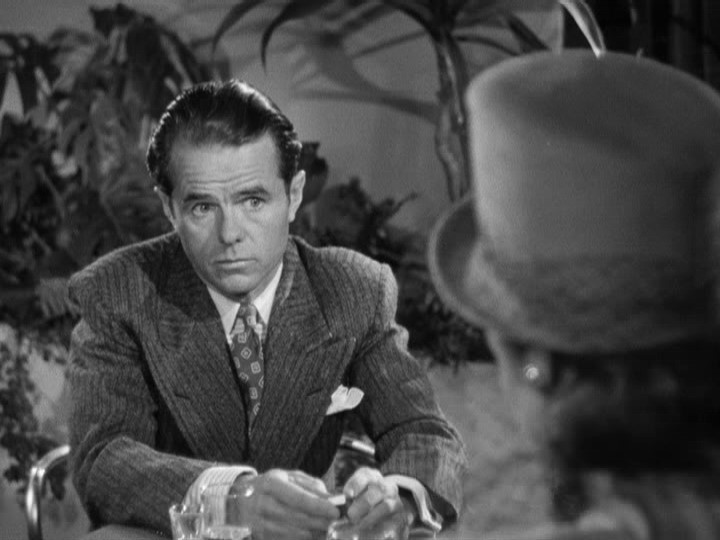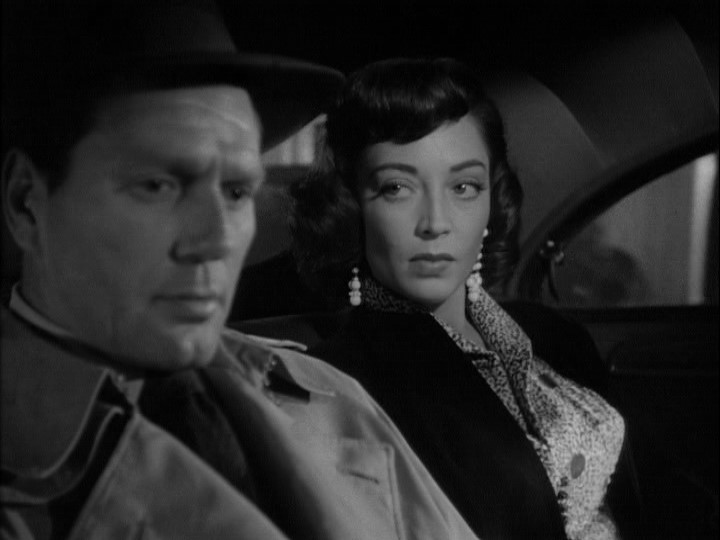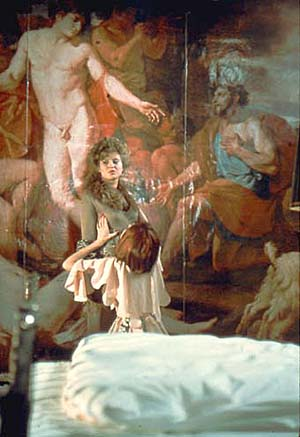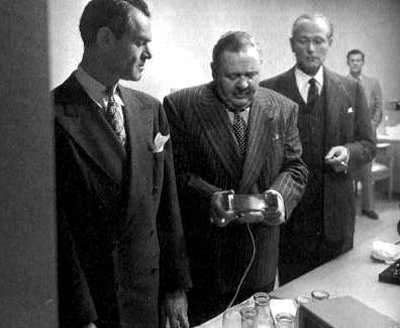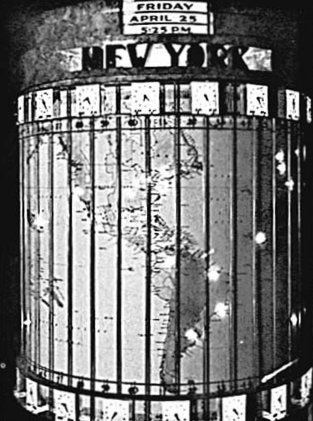
Like many of Ingmar Bergman’s films, or any masterpiece for that matter, it is difficult to get my mind fully around his latest film
Saraband (2003) after only two viewings. Which is not to say that it is overly complicated—because it’s not. As with most Bergman films, there is a pure and simple core around which more complex layers begin to grow, and with it expand the film’s meaning. This is why Bergman’s films contain such depth: not from one particular philosophical statement, but from the intersection of so many intimate details from so many multifaceted characters. When revisiting a Bergman film, it is possible to choose a different character to follow—and one must choose only one, or risk both overloading oneself and overlooking so many subtleties—and garner a different experience each time.

My experience changed between my first and second viewings of
Saraband. The first time I was drawn to Marianne, played by Liv Ullmann, a familiar face from many of Bergman’s films. On a whim, she decides to visit her ex-husband, Johan (Erland Josephson), whom she has not seen in thirty years, and ends up staying in his guest room for the remainder of the summer. Their reconciliation is immediate: perhaps it is time that healed wounds, or that in their old age they appreciate the intimacy that they once shared; as Johan reminds, friendship was always the strongest part of their marriage. It is not that Marianne has forgotten Johan’s infidelities and cruelties—she hasn’t, and even discusses them with Johan’s granddaughter, Karin (Julia Dufvenius)—but by accepting his faults she has come to a deeper understanding of him.
Marriane’s impetus for visiting Johan is one of the biggest mysteries of the film—several times Johan even asks Marianne, but she is unable to come up with an answer—and, in some ways, I think it remains a mystery to her even when the film ends. Sitting at her desk (as she was in the opening shot), she tells of how she had to leave his house to get back to work as a lawyer and, while for some time they kept in touch over the telephone, eventually they lapsed out of communication once again. The circularity of the story is a fatalistic gesture to end the movie on: by not bringing closure to all of the characters in
Saraband, Bergman acknowledges the lack of resolution that exists in our own lives, the loose ends we all let go of at some point.

On this second viewing, I was more attuned to the conflict between Johan and his son, Henrik (Borje Ahlstedt). Having taken an early retirement from work when his wife died, Henrik is unable to pay for his daughter to attend a music conservatory. Johan, disapproving of Henrik’s overbearing parenting, offers Karin the money himself, asking in return that she sever ties with her emotionally unstable father. The rift between Johan and Henrik runs deep: Henrik blames his father for not always being a strong presence growing up; and Johan, having tried to reconcile with his son and been rejected, has resigned himself to bitterness. When it comes to Karin’s future, both men bid for her loyalty, but it seems that each of them is equally interested in beating out the other as in Karin.

Bergman’s writing here is among his best: the characters are rendered with such intimate and intricate precision. Bergman first introduced these characters in
Scenes From a Marriage (1973), and reprised them again in
After the Rehearsal (1984) (though no prior knowledge of these films is necessary to follow or appreciate
Saraband, which functions independently from its predecessors), and Bergman’s familiarity with the characters is easily apparent through each of their distinctive and thorough personalities. Too, the acting is magnificent. Bergman veterans Ullmann and Josephson, reprising their roles from
Scenes From a Marriage (Josephson actually plays Henrik in
After the Rehearsal), deliver pitch-perfect performances (as should be expected), as does Julia Dufvenius, for whom
Saraband is her first leading role in a feature film (she has previously starred in the Swedish miniseries “Glappet” [1997] and appeared in the movie
Suxxess [2002]). But it is Borje Ahlstedt who delivers the standout performance: he plays Henrik with just the right amount of pathos and perversion: we empathize with his devotion for his daughter, but at the same time we are disgusted with his attempts to turn her into a surrogate wife (a particularly polarizing moment is when he kisses her on the mouth, and she recoils back in alarm). These are characters of gradation, not archetypes, and if there are things we love about them, there are also things we hate. Liv Ullmann’s Marianne, perhaps, is the only character we can admire without reservation: hers is a maternal presence, both to Karin but especially to Johan, and she seems to be the sole voice of reason amidst all the conflict.

At the time of
Saraband’s release, Bergman announced his retirement from filmmaking. If that is to be, then Bergman will have gone out on a high note with not only one of the best films in recent years, but also one of the finest films he’s ever made.
.jpg)





















